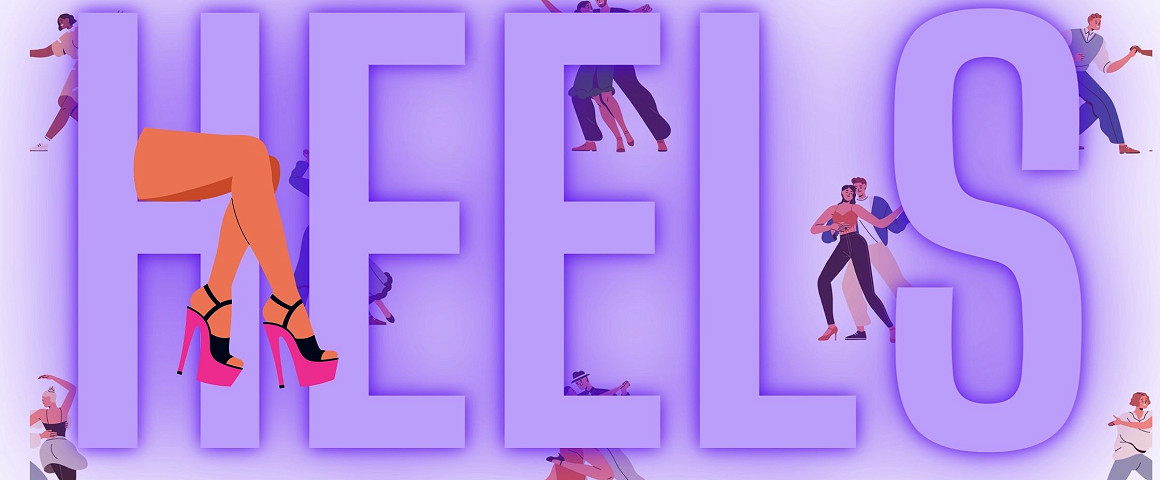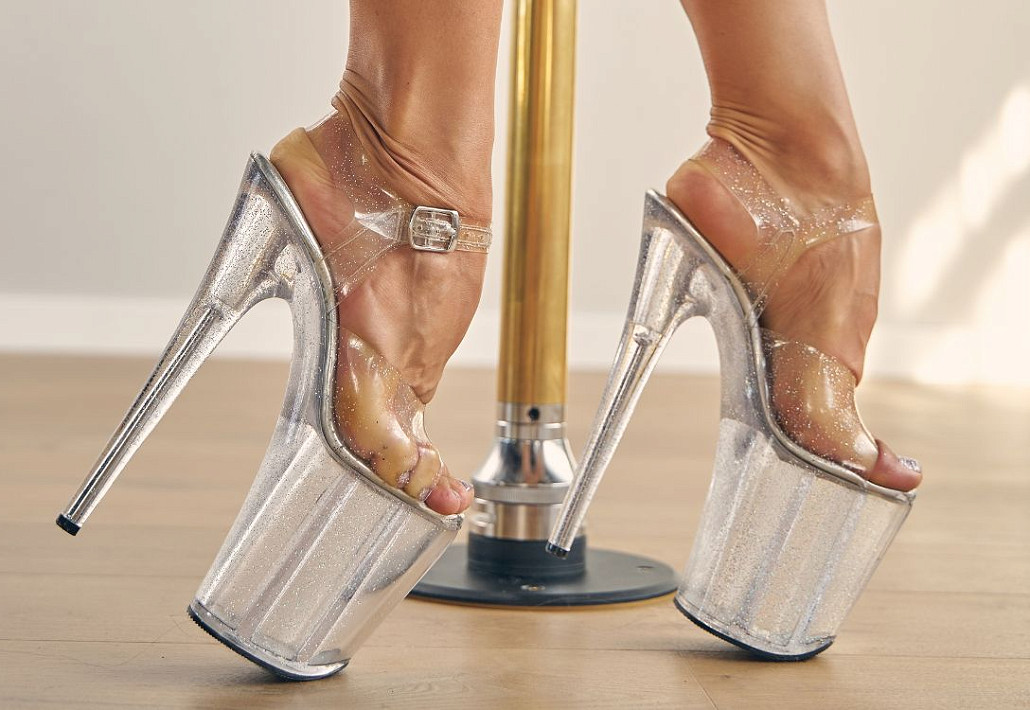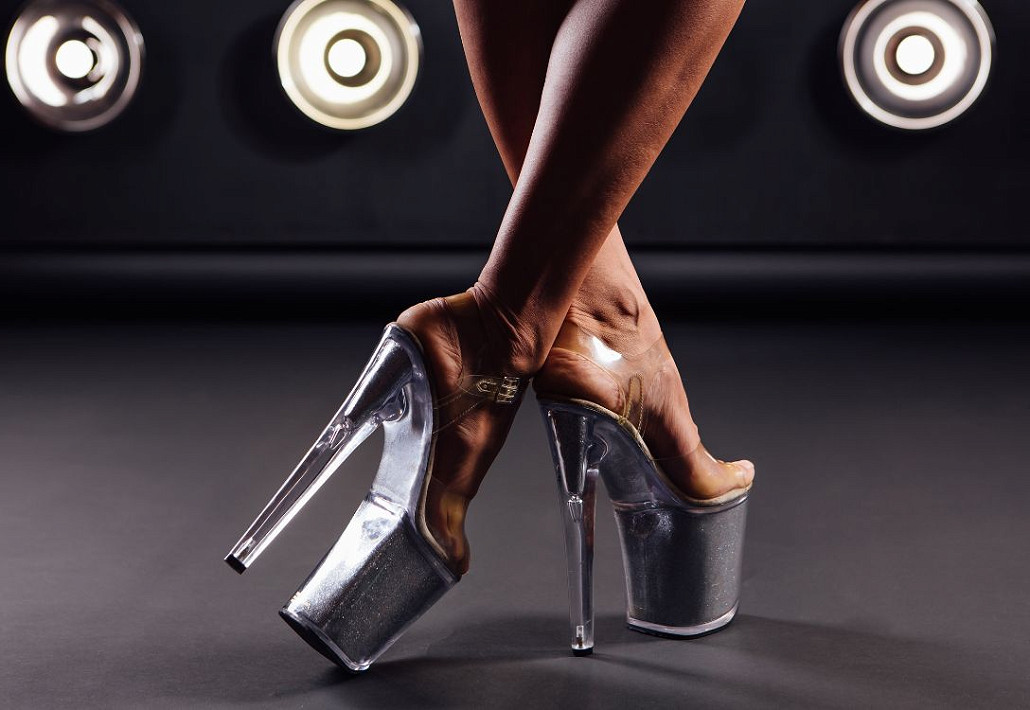
LUPIT pole
Apr 15 - 6 min read


Discover the fascinating world of pole dancing through the lens of heels, a choice that intertwines aesthetic allure, cultural significance, and performance dynamics. This exploration delves into why some dancers embrace heels, revealing insights into personal expression, safety, and the art's evolving nature. Unlock the secrets behind the heels in pole dancing and celebrate the diversity and empowerment they symbolize in this captivating read!
Pole dancing has transcended its origins to emerge as a captivating blend of fitness, artistry, and personal expression. Once tethered to singular narratives, it now showcases a dynamic spectrum of styles—from the athletic rigor of pole sports to the expressive narratives of dance.
This evolution has not only widened its appeal but has also fostered a diverse community, united by a passion for the pole yet varied in their approach to it, especially in terms of attire. Among these variations, the choice to wear heels stands out as a distinct preference that serves multiple purposes beyond mere aesthetics. Whether for enhancing performance, expressing individuality, or paying homage to the discipline's eclectic roots, the adoption of heels by some pole dancers adds another layer to the rich tapestry of this multifaceted discipline, reflecting its inclusive and ever-evolving nature.

In the world of pole dancing, the decision to don heels is not merely a nod to fashion but a strategic choice that significantly elevates the aesthetic appeal of a performance. Heels act as a magical extension of the dancer's body, creating an illusion of endlessly elongated legs that captivate the audience's gaze. This visual trickery not only enhances the dancer's lines but also improves posture, adding a mesmerizing grace to each movement.
Beyond their physical allure, heels serve as a powerful narrative tool, seamlessly weaving into the fabric of a performance's theme or story. Whether evoking the sultry ambiance of a jazz-infused number or amplifying the intensity of a dramatic piece, the choice of heel can set the tone, mood, and character of a performance, transforming it into a storytelling masterpiece.
The interplay of aesthetics and narrative depth brought by heels enriches the pole dancing experience, making each performance a visually stunning and emotionally resonant spectacle.
Heels in pole dancing symbolize more than aesthetic choice; they represent a profound cultural significance, serving as a vehicle for empowerment and expression. For many dancers, stepping into their heels is akin to embracing their femininity, identity, and strength, challenging societal norms and stereotypes that often confine self-expression.
In genres like exotic pole dancing, heels are not just accessories but integral components that accentuate the dance's sensuality and fluidity. This choice underscores a reclaiming of agency and an assertion of individuality within the diverse tapestry of pole dancing, where each performer’s unique story and style are celebrated. Through this lens, heels transcend their physical form, embodying a powerful statement of autonomy and artistic freedom.

The inclusion of heels in pole dancing introduces a fascinating interplay with the physics of the art, significantly influencing balance, grip, and momentum. Here’s how:
The design of pole dancing heels is meticulously optimized for both safety and performance:
Mastering pole dancing in heels requires not just additional skill but a heightened awareness of one’s body and the physics at play. It’s a testament to the dancer's strength, precision, and dedication to their craft, showcasing how technical proficiency and artistic expression can beautifully coalesce.
Professional pole dancers often have varied stances on wearing heels, a decision deeply influenced by personal comfort, style, and the demands of their routines. For some, heels are a crucial element of their performance identity, adding flair and confidence to their movements, while others prefer the grounded feeling and agility of bare feet.
Beginners are typically advised to start without heels, focusing on mastering technique and building the strength and confidence necessary for pole dancing, also with using some protective gear like crash mats. As they progress, the transition to heels is introduced gradually, allowing each dancer to adapt based on their comfort levels and the evolving challenges of their routines. This personalized approach acknowledges the unique journey of every pole dancer, emphasizing that whether in heels or not, the essence of pole dancing lies in self-expression and empowerment.

When incorporating heels into pole dancing, safety is paramount. The fusion of proper technique and appropriate footwear is essential to mitigate the risk of injuries. Here are key safety considerations:
Adhering to these safety measures allows dancers to enjoy the aesthetic and performance benefits of heels while minimizing the risk of injury, ensuring a safe and fulfilling pole dancing experience.
In the dynamic realm of pole dancing, the decision to don heels embodies the profound diversity and personal expression at the heart of this community. From the aesthetic allure to the functional benefits and cultural resonance, heels play a multifaceted role that varies widely among dancers. This variety underlines the importance of personal choice and the rich tapestry of styles within the pole dancing world.
For those navigating the nuances of attire, including the decision to wear heels, the ultimate guide to pole dance dress code on Lupit Pole Blog offers invaluable insights. It encourages every dancer to embrace what aligns with their style, comfort, and level of experience.
In celebrating this diversity, we recognize that whether choosing to wear heels or not, the essence of pole dancing is found in the joy of movement and the freedom of self-expression.